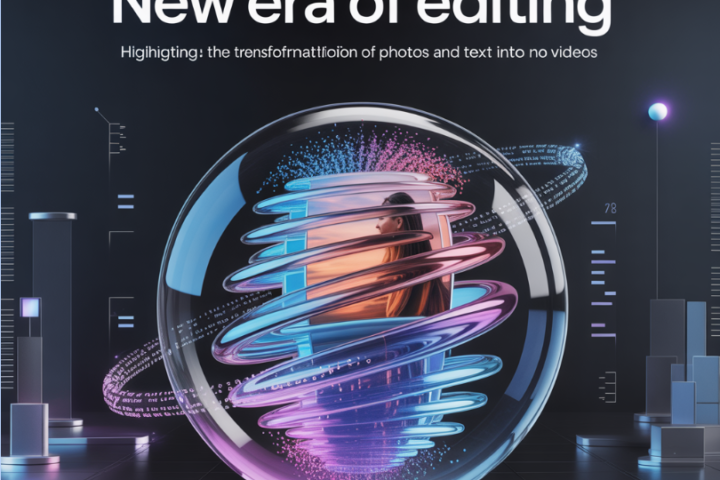The approach of 3D green architecture represents the new revolution in the world of design and sustainability by merging advanced 3D technology and ecological principles. It is an amalgamation of inventions designed to minimize the environmental impact of projects but at the same time improves the life quality for its inhabitants.
Through employing this tool, architects can pioneer different designs previous to construction thus giving them a more accurate visualization and implementation.
Definition and Core Principles of Green Architecture
Green building focuses on reducing buildings’ environmental footprint through energy efficiency, sustainable materials usage and eco-friendly design technologies integration. Key principles are consumption reduction, renewable resources use, waste prevention and healthy indoor environment creation. A balance between social, economic and environmental aspects is aimed at.
Role of 3D Technology in Promoting Sustainable Design
Detailed visualizations that are accurate about architectural projects are enabled by 3D technology, which plays a vital role in promoting sustainable design. Architects get an opportunity to try out various design elements before they start a project, hence understanding how each one affects the environment prior to proceeding with construction.
Besides, 3D modeling makes it easier for environmentally friendly systems to incorporate and use sustainable materials. Moreover, it enhances relationships among stakeholders, leading to well-informed decisions and quick execution.
Key Features of 3D Green Architecture
Materials And Methods
- The incorporation of environmentally friendly such products like recycled steel, bamboo or low-VOC paints makes it possible for any given structure to be termed as green sustainable architecture since its impact on nature is minimized down.
- In addition there’s large-scale waste minimization from using innovative sustainable construction methods such as prefabrication combined with modularization that increases energy efficiency.
Energy Efficiency
- Energy-efficient architecture and systems like solar panels; green roofs; smart HVAC (heating ventilation air conditioning) reduce power expenditure hence reducing the carbon footprint.
- The use of advanced insulation methods and energy-saving windows help support favorable indoor temperatures, thereby reducing the need for other heating and cooling options.
Impact on the Environment And Sustainability Assessments
- Environmental impact assessments (EIAs) are crucial in ensuring that designs and construction processes adhere to sustainable practices during the building of infrastructures.
- Building Information Modeling (BIM) tools provide extensive sustainability assessment platforms, thus enabling architects to maximize their designs’ ecological performance.
Examples Of 3D Green Architecture
We have selected a few nice examples of 3D green architecture.
- Amsterdam’s The Edge: This has been termed as the world’s greenest building due to its utilization of smart green building technology and sustainable materials leading to remarkable energy efficiency performances.
- Milan’s Bosco Verticale: In these residential towers, which include a significant amount of greenery, air quality is improved while the urban heat island effect is reduced.
Innovations And Technologies Used In These Projects
The Edge has incorporated advanced building management systems (BMS) that optimize energy use as well as enhance indoor environmental quality.
On the other hand, Bosco Verticale uses an exclusive water irrigation system for plants that recycle greywater, thus promoting water conservation in general.
Benefits Observed In Terms Of Sustainability And Efficiency
The Edge achieved a 98.36% score on sustainability with a significant reduction in energy consumption levels and operational costs, resulting in such high ratings.
Improved biodiversity through planting more trees that also acted as natural insulation thereby saving on energy bills is some of the benefits associated with the Bosco Verticale project beside cleaner air supply at all times.
Future Predictions
What about the future of green architecture? Through 3D printing technology, developments will emerge that can create complex structures that are ecologically friendly and with no or less waste.
Using artificial intelligence (AI) in 3D modeling will make the design process more efficient, enabling the creation of sustainable buildings.
In architecture, widespread implementation of virtual reality (VR) and augmented reality (AR) will enable participants to immerse themselves in design review processes, thus enhancing collaboration and eventually making it possible to achieve better sustainability results.
Promoting Green Practices: Policy and Regulation
Green architecture is heavily influenced by government policies and regulations that set standards for sustainable building and provide incentives.
Worldwide, green building standards are being promoted through programs such as the Paris Agreement, United Nations Sustainable Development Goals (SDGs), etc.
Final Thoughts
3D Green Architecture represents the future of sustainable building design. By blending 3D modeling with green principles, architects could be able to come up with innovative plans that would enhance environmental conservation while at the same time providing human life comforts.
The era of urban development based on sustainable principles and practices is expected to be marked by a rapid increase in adoption rates of 3D Green Architecture, as technology develops further while regulations support this trend. If you need it, you can order 3d exterior visualization services on this website.






